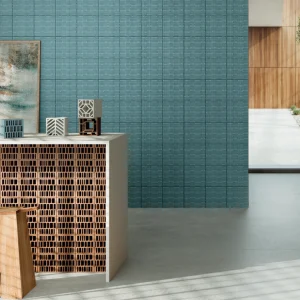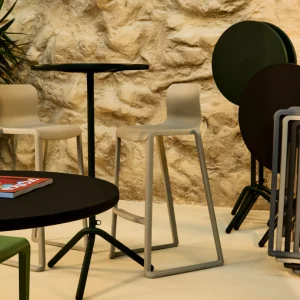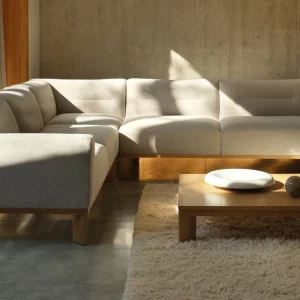The 34,000 square feet building is said to be the world’s first LEED platinum winery, brewery or food-processing facility and will see a grand opening on 28 January 2011. The facility is designed to become self-sustainable in energy and water use. The centre houses teaching and research activities for the university’s Department of Food Science and Technology, and Department of Viticulture and Enology.
The south wing of the new complex is home to the August A. Busch III Brewing and Food Science Laboratory. The facility houses a brewery, general foods-processing plant and milk-processing laboratory. The complex’s north wing is designed to accommodate a new teaching-and-research winery.
The complex lies adjacent to a new 12-acre teaching-and-research vineyard and is located within the campus’s Robert Mondavi Institute for Wine and Food Science. Some of the environmentally-friendly features of the building include onsite solar power generation and a large-capacity system for capturing rainwater and conserving processing water. The stored rainwater will be used for landscaping and toilets, as per LEED specifications.
UC Davis will build an auxiliary building that will house equipments to capture, store and recycle rainwater, which will be used in an automated system to clean barrels, tanks and fomenters. The proposed system would reuse 90% of the captured rainwater volume.
The winery has been designed to capture carbon dioxide, a natural by-product of fermentation, from a port in each of the new fomenters. An innovative process will be used to remove the carbon dioxide from the winery, reducing the building’s energy requirements for air quality and temperature control.
Other environmentally responsible features include maximum use of natural light, rooftop photovoltaic cells to provide all of the facility’s power at peak load, new food-processing equipment that minimises energy and water requirements, use of recycled glass in the flooring, interior panelling recycled from a 1928 wooden aqueduct, and use of lumber harvested from sustainably-certified forest operations.
One of the crowning technological achievement of the facility is that it is installed with the world’s first wireless wine-fermentation system, a $1 million assembly of 152 wireless grape fomenters, designed, fabricated and donated by a team of research engineers.
The complex is UC Davis’ second LEED-Platinum building and only the third in the University of California system. The facility has been designed by a team of architects, engineers and builders including BNB Norcal of San Mateo, Flad Architects of San Francisco, F.M. Booth Mechanical, Red Top Electric, KPW Structural Engineers, Creegan + D’Angelo Civil Engineers and HLA Landscape Architects.





